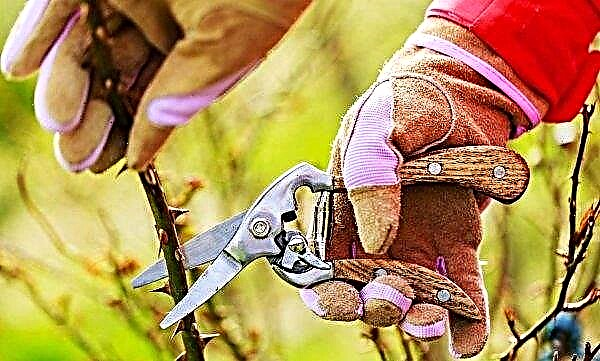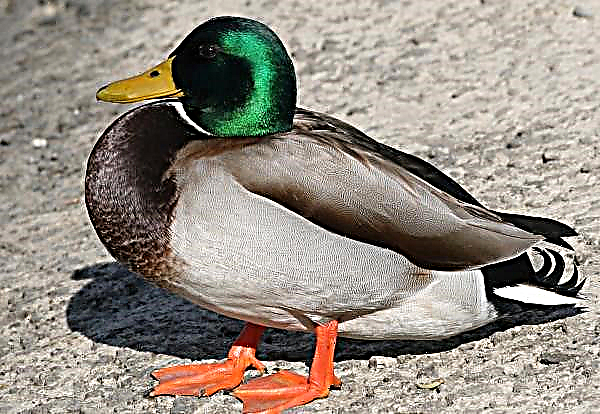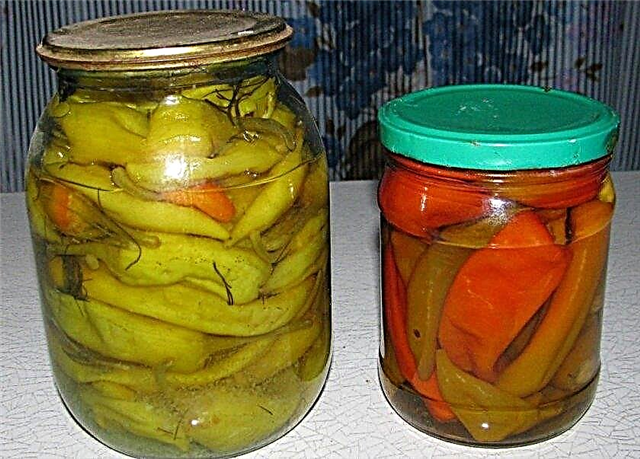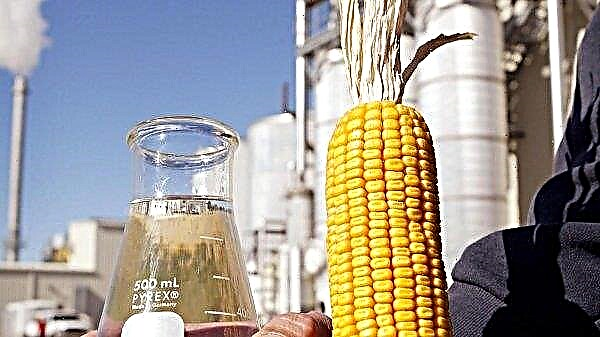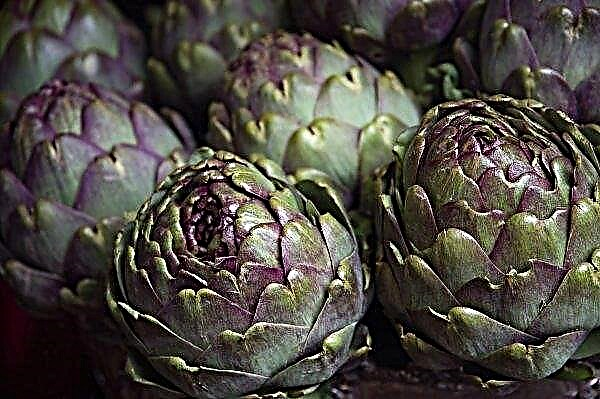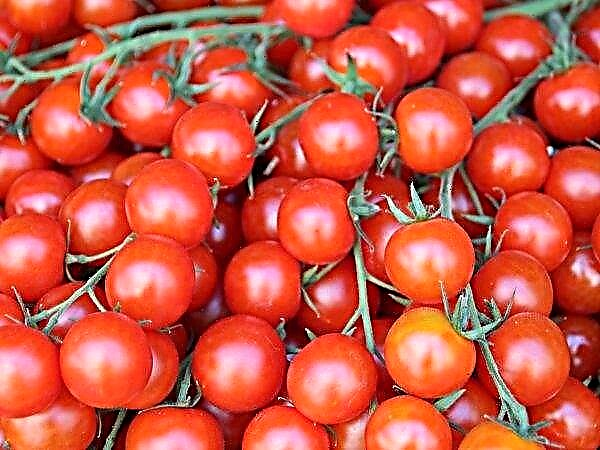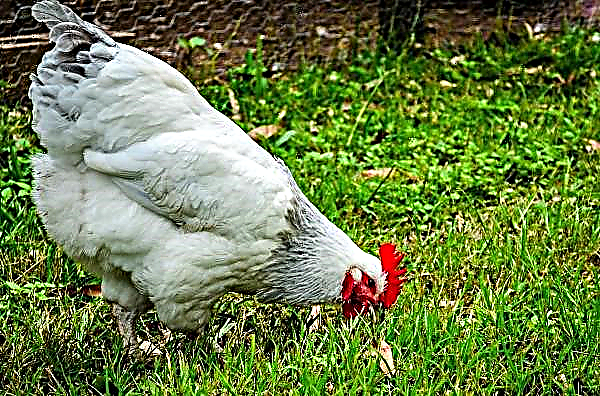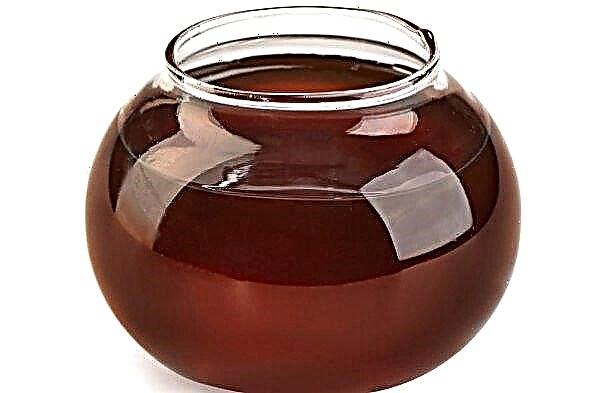Ginger root is no longer a novelty in our kitchens; its useful qualities are appreciated and loved by many. Most summer residents cultivate the culture in their areas, but in all conditions can this plant be grown, and in particular, is it possible to grow in the Siberian climate.
Is it possible to grow ginger in Siberia
Under natural conditions, the plant develops from 8 to 12 months. For the root to mature, it needs a long summer, and Siberia, unfortunately, is not famous for this privilege. Winter here lasts 7–9 months, and summer, respectively, 1.5–2 months.
Moreover, it does not abound on hot days, in the south of Siberia the highest summer temperature is + 20 ° С. During flowering from April to August, a plant needs a temperature in the range + 25 ... + 32 ° С. Therefore, in open ground in Siberia, ginger is not grown, but this is possible in greenhouse conditions or on the windowsill.
Growing Features
Speaking of growing ginger in Siberia in greenhouse conditions, one more clarification should be made: the room should be heated. It is also necessary to consider how to provide additional lighting.
Did you know? In Japan, there is a tradition of eating slices of ginger between meals. The product completely kills the aftertaste of previous products, which allows foodies to better appreciate the taste of the next dish.
In the greenhouse
Ginger is propagated by dividing the rhizome, since the plant does not produce seeds. Before transplanting into the greenhouse, the root is sprouted like seedlings. While the divider grows in the pot, the gardener prepares the greenhouse.
In the fall, it should be cleaned and disinfected, the working condition of the heating, lighting and irrigation systems checked. In spring, the soil is prepared: it is frozen or calcined to achieve a disinfecting effect. Forming beds for landing.
Landing time
Sprout planting material begins in late February, transplanted into the greenhouse at the end of March. In Siberia, it is cold at this time, but in the greenhouse you need to maintain the temperature in the range + 25 ... + 32 ° C. Later, after the appearance of foliage, you can lower it to + 18 ... + 22 ° C. For the successful development of the seedling, it also needs high humidity - about 75-80%.
Important! If the temperature drops below + 18 ° C, the roots will stop growing and stimulate it again will be problematic.
Plant and soil preparation
For reproduction, you need to purchase a root with a uniform color of the peel, without spots or mechanical damage. The material should be elastic to the touch, solid and dense, eyes should be present on the surface, like on potatoes.

At home, the material is cut into several parts, each of which has 2-3 eyes. Sections must be treated with activated carbon. After the coal dries, divisions are soaked in potassium permanganate for 2-3 hours. This will serve as the prevention of diseases and stimulation of kidney growth. At the bottom of the tank, where the seedlings will grow, lay drainage.
Soil is prepared from such components taken in equal shares:
- garden land;
- humus;
- sand.

The substrate is poured over the drainage, moistened, and the seedlings are placed with the buds up to a depth of 4 cm. They are sprayed and placed in heat until sprouts appear.
Landing
Shoots that can be planted appear within 3 weeks. In the greenhouse they are planted in the same substrate in which they germinated. Given the horizontal growth of the root, it is not planted deep.
Landing pattern:
- A drainage layer of approximately 1-1.5 cm is also placed in the prepared grooves.
- The soil is poured about 15–20 cm, a seedling is placed in a recess, sprinkled with soil and watered.
- Depth of landing is up to 10 cm.
Watering and further care
Care for sprouts consists, first of all, in providing a suitable microclimate. In addition to the proper temperature and wet conditions, plants need lighting for at least 12 hours a day. Usually sodium lamps are used, placing them above the beds at a safe distance from the plants (80-100 cm).
Important! On sunny summer days, watering is carried out in the morning or in the evening, so as not to cause burns to the foliage.
Watering the crop is frequent and plentiful, the sprinkling method is best suited.In order not to overdo it with moisture, you need to focus on the condition of the soil: it should always be slightly damp. In August, watering is reduced - at this time ginger tubers are already formed, and frequent moistening can provoke their decay.

It is also necessary to monitor the cleanliness of the soil by removing weeds. In addition to weeding, loosening is also important, but not deep, given the location of the ginger roots.
Growing ginger, you need to monitor the acidity of the soil - it should not be above average values. To maintain the proper level, apply top dressing with wood ash. The first fertilizer is carried out before the appearance of foliage, a complex mineral composition with a predominance of nitrogen for tuber crops, according to the instructions.
When using organics, mullein infusion (1:10) or compost is used. In June, top dressing should contain more potassium (wood ash, nettle infusion). In July, the plant must be fertilized with potassium-phosphorus compounds. Stop fertilizing the planting when the foliage begins to dry out.
Potted houses
In the absence of a cottage or a house in the village, ginger is grown in a pot. Planting dates do not differ from the above dates, as well as preparing the rhizome for germination. At home, the land mixture can be replaced with purchased soil, for example, a composition for palm plants.
The pot for the plant is chosen wide, not deep, by the type of dish. The soil and capacity must be disinfected. Drainage is placed at the bottom of the tank: gravel, expanded clay with a layer of 3-5 cm. The depth of planting a house in a pot is not more than 5 cm
The seedling is placed on a warm, illuminated most of the day, window sill. Artificial lighting will also be needed, because the light needs 12-14 hours.Did you know? The healing properties of ginger were studied in ancient times. The ability to remove toxins, and therefore serve as an antidote, the plant has struck such scientists as Pliny the Elder, Dioscoridis, Galen.
Climatic conditions:
- temperature + 22 ... + 28 ° С;
- humidity up to 75%.
Watering at home is less common than in a greenhouse, but after the appearance of greenery, pay attention to spraying. It is especially important if the pot is next to heating appliances. The soil in the pot should also not completely dry out.
If the plant is grown for decorative purposes, it can be fertilized with purchased formulations for flowering palm trees and used according to the dosage in the instructions. If, in order to obtain a spicy, healthy product, then top-dressing in the tuberization stage should contain potassium and phosphorus, any composition for vegetables can be used.
In autumn, the ginger comes to rest, at which time it needs to be removed in a dark place and stop watering. In spring, in March-April, the pot is exposed to the sun.
Harvesting and storage rules
Harvest can be done after the leaves have wilted and wilted. Tropical root shoots will turn yellow. Tubers are dug up with a shovel, shaken off the ground, cleaned of small roots. The product must be dried before being sent for storage, otherwise it may rot. The storage room should be dry, warm, temperature +4 ... + 10 ° С. Be sure to ventilate the room so that there is no mustiness.
Ginger is not difficult to grow - although it will be smaller in size than grown in the natural environment, but its content is no less useful. The preventive, therapeutic and culinary properties of the plant will be appreciated by the whole family.

